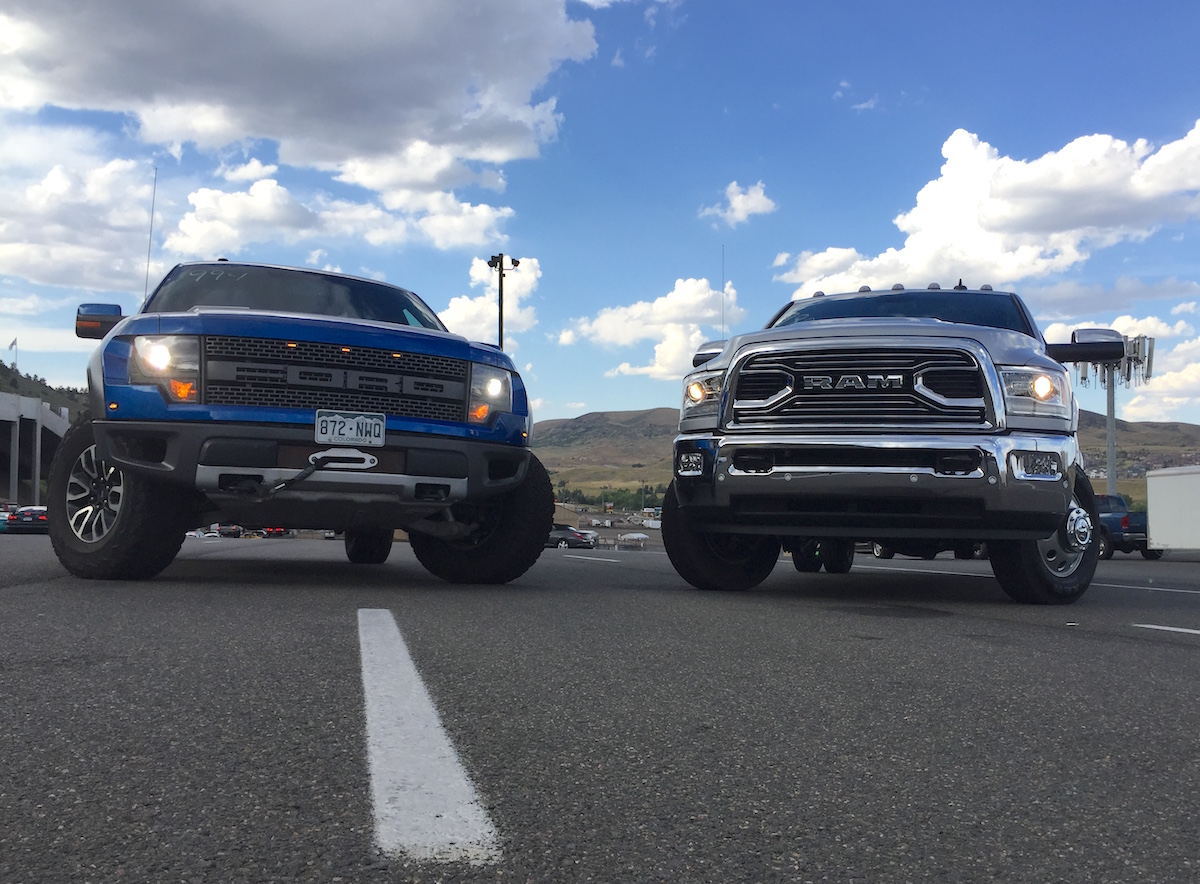It’s springtime in the Rocky Mountains: But which is the best off-road rig to take advantage?
The temperatures are rising and the snow is melting. Once again, it’s time to go off-roading. You might be jonesing to get out on the trails as well, but we want to tackle a question if you’re in the market for a new rig: truck or SUV? In today’s TFLoffroad video, we pitch the Ford F-150 Tremor against the Expedition Timberline to see which performs best on the trail.
Here’s the thing — you have more choice than ever if you want a ruggedized, dirt-ready adventure rig. Going with the F-150 Tremor is perhaps the more obvious choice, since we’re talking about a pickup truck whose entire purpose is to offer more off-road capability than the FX4 package (without costing as much as the Raptor). The Ford Expedition Timberline, however, is built on Ford’s T3 platform, which the automaker uses for all its larger body-on-frame vehicles, including its pickups. It also brings off-road goodies like Goodyear Wrangler all-terrain tires, beefier skid plates and recovery points.
This is a comparison we’ve actually been aiming to put together for the past year or two.
We haven’t tested an Expedition on the trail since late 2018, and the Timberline released for the 2022 model year Expedition. While we have recently tested the F-150 Tremor, this is the first opportunity we have to try it out with the naturally aspirated 5.0-liter Coyote V8. All in all, these are two fairly unique trucks in their class, so we were anxious to see how they performed head-to-head.
One key difference between the two apart from the Expedition’s 3.5-liter EcoBoost V6 (you can also get that in the Tremor) is the SUV’s independent rear suspension. The F-150 still packs a solid rear axle, so that will make it better on some technical obstacles where articulation is key. On the flip side, though, the Expedition’s setup does lean into its primary role as a family hauler with a greater emphasis toward on-road comfort.
Both vehicles have Trail Turn Assist, which brakes the inside wheel to help maneuver through tight obstacles without having to reverse. A useful feature in both the SUV and the truck, as you may not have the room to comfortably back up and take another run at a corner on the trail.
Check out how both rigs did in greater detail (and our take on which one’s better) below:
This article is also available on TFLoffroad.com. Check out that site and channel for more off-road content published every week!

















![Which is More Reliable: 3.5L EcoBoost or 5.0L V8? [Reader Question] Second-generation 3.5-liter EcoBoost engine](https://tfltruck.com/wp-content/uploads/2016/05/Second-generation-35-liter-EcoBoost-engine.jpg)
![Which Silverado Engine to Get: 5.3L or 6.2L V8? [Ask TFLTruck] 2016 chevy silverado](https://tfltruck.com/wp-content/uploads/2015/10/2016-chevy-silverado-grille.jpg)
